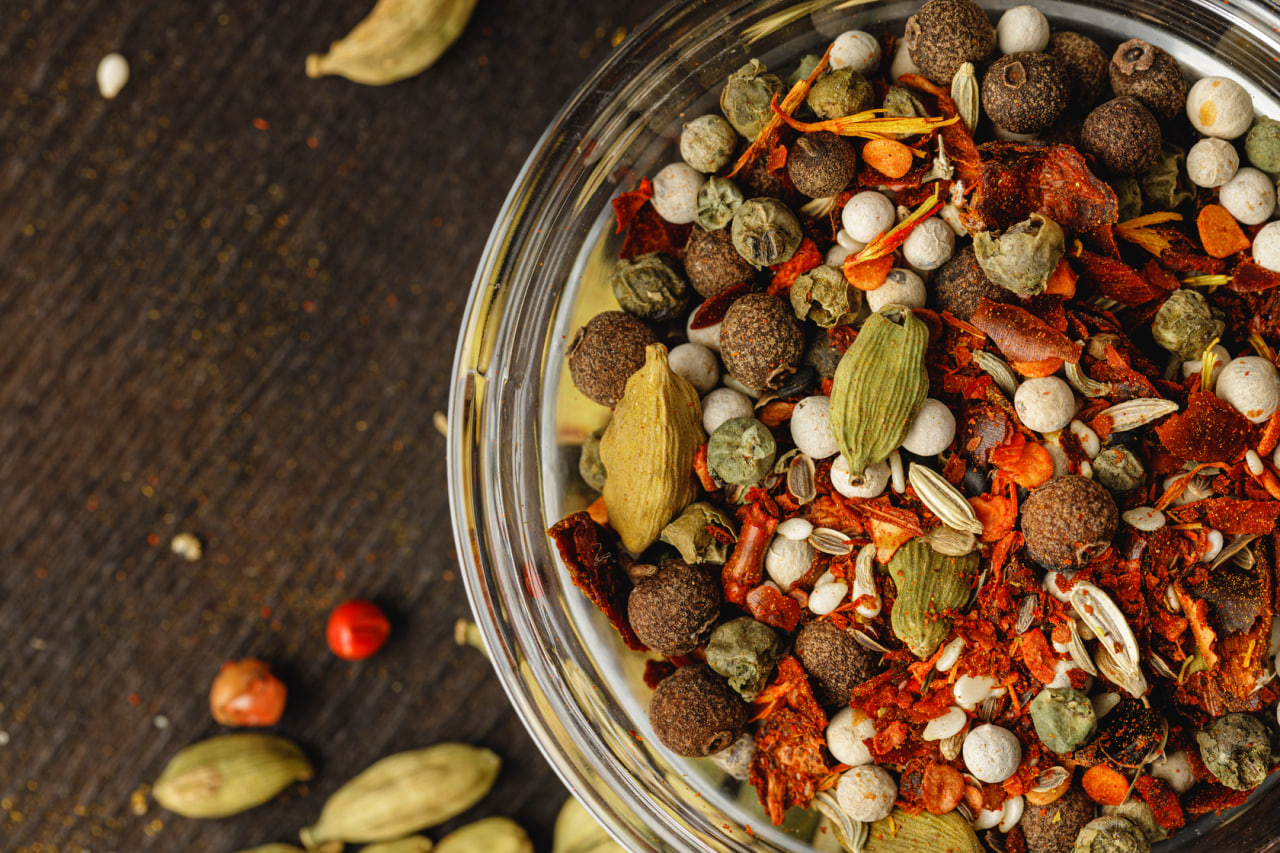As awareness around health, sustainability, and dietary needs grows, more people are turning to plant-based meals, reducing salt intake, avoiding allergens, or simply eating more mindfully. But one common concern across these dietary shifts is flavor. How can you make food exciting, satisfying, and deeply flavorful — without relying on meat, dairy, salt, or processed enhancers?
The answer is spices.
Spices and herbs offer an incredible way to add depth, richness, and complexity to dishes — naturally. With thoughtful blending, you can create bold flavors that suit a variety of dietary needs. Whether you’re cooking vegan meals, following a low-sodium plan, avoiding sugar, or managing food sensitivities, spice blending opens a world of culinary creativity without compromise.
Here’s how to approach spice blending for special diets — and how to make your own custom blends at home.
Why Spice Blends Matter in Special Diets
When you’re avoiding ingredients like cheese, meat, cream, or salt, you’re also removing built-in sources of umami, fat, and intensity. Spices step in to fill that gap. The right combination of aromatic, bitter, sweet, and warm spices can create complexity that mimics — and sometimes surpasses — what you’re leaving out.
Instead of relying on processed sauces or additives, blending your own spices puts you in complete control. You avoid added sugars, excessive sodium, preservatives, or allergens — and you get fresher, cleaner flavor.
Vegan Spice Blends: Building Umami Without Meat or Dairy
Vegan cooking doesn’t have to mean bland or boring. With the right spices, you can replace the savory depth typically provided by animal products.
To build umami-rich, hearty flavor profiles, turn to ingredients like:
- Smoked paprika
- Ground mushrooms (such as shiitake or porcini)
- Toasted cumin or coriander
- Nutritional yeast (used as a seasoning base)
- Miso powder or dried seaweed flakes (for blends that mimic brothy or cheesy notes)
- Black garlic powder
- Allspice and cloves (used subtly, they add richness to savory blends)
For example, a vegan taco seasoning might include chili powder, smoked paprika, cumin, onion powder, cocoa powder, and a pinch of cinnamon — offering depth and balance without meat or dairy.
Low-Sodium Spice Blends: Enhancing Flavor Without Salt
Reducing sodium doesn’t mean reducing flavor. Many commercial spice blends are loaded with salt or MSG, but you can easily make your own vibrant blends that rely entirely on herbs and spices.
Use ingredients that stimulate your taste buds and replace the sensation of salt, such as:
- Lemon zest or dried lemon peel
- Dried herbs like thyme, oregano, marjoram, and basil
- Peppercorns, chili flakes, and mustard powder (for heat and sharpness)
- Garlic and onion powder
- Celery seed
- Sumac (adds tartness that mimics saltiness)
- Vinegar powder (for tang and brightness)
Blends for low-sodium diets should focus on contrast and complexity. A salt-free seasoning for roasted vegetables might include rosemary, sage, garlic powder, smoked paprika, and a touch of cayenne.
Allergy-Friendly and Additive-Free Blends
Prepackaged spice blends often contain anti-caking agents, preservatives, dairy derivatives, or traces of nuts, soy, or gluten. For people with allergies or autoimmune concerns, homemade blends offer both safety and peace of mind.
Creating your own blends allows you to:
- Eliminate common allergens like dairy, soy, gluten, or sesame
- Avoid cross-contamination
- Ensure ingredient transparency
- Customize flavors for sensitive palates
To make allergy-friendly blends, start with certified allergen-free whole spices. Roast and grind them yourself in a clean grinder reserved for that purpose. Always label your blends clearly and store them in airtight containers to prevent exposure to humidity or contaminants.
Blends for Sugar-Free and Diabetic-Friendly Diets
Many commercial barbecue rubs, curry powders, and spice pastes contain hidden sugars. While a little sweetness can round out spicy or acidic flavors, you can achieve that balance naturally.
Instead of sugar, try these flavor boosters:
- Sweet paprika
- Ground cinnamon or nutmeg
- Fennel or anise
- Carrot or beet powder (for earthy sweetness)
- Dried orange peel
- Toasted coriander or cardamom (used lightly)
A sugar-free barbecue rub might include smoked paprika, garlic, mustard powder, cumin, cinnamon, and chili flakes — balanced with a bit of dried orange peel for brightness.
Customizing Blends for Specific Lifestyles
The beauty of spice blending is its adaptability. Whether you follow keto, Mediterranean, paleo, or gluten-free diets, spices help you stay true to your preferences while expanding your palate. Here are a few more focused ideas:
- Mediterranean-style blend (great for heart-healthy diets): oregano, basil, rosemary, lemon peel, and garlic
- Keto-friendly curry mix: turmeric, ginger, cumin, coriander, cinnamon, and fenugreek (adds warmth without carbs)
- Paleo taco seasoning: chili powder, cumin, garlic, coriander, and dried lime zest
You can make blends in small batches for weeknight use, or in larger amounts to store in labeled jars for consistent seasoning.
Tips for Creating Your Own Blends
- Toast whole spices before grinding to intensify flavor
- Use a dedicated spice grinder or mortar and pestle
- Mix small test batches before scaling up
- Store in airtight containers in a cool, dark place
- Keep a blending journal: note what you like, what you’d tweak, and how it tasted in specific dishes

